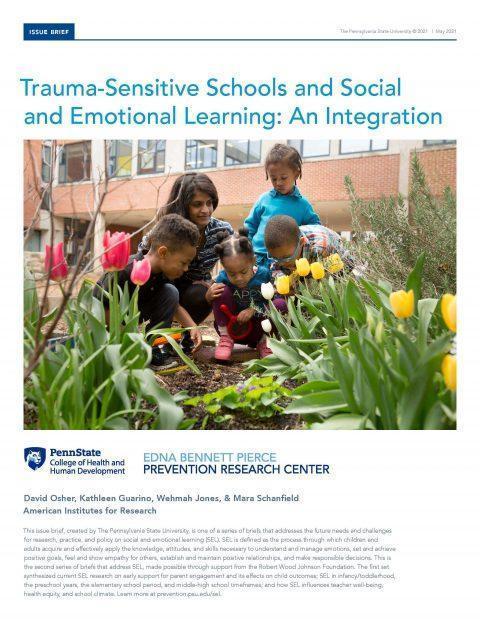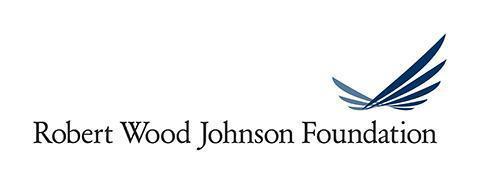Trauma-Sensitive Schools and Social and Emotional Learning: An Integration
David Osher, Vice President and Institute Fellow, American Institutes for Research
Kathleen Guarino, Senior Technical Assistance Consultant, American Institutes for Research
Wehmah Jones, Principal Researcher, American Institutes for Research
Mara Schanfield, Senior Technical Assistance Consultant, American Institutes for Research
Executive Summary
The majority of youth in the United States will be exposed to at least one traumatic event before the age of 18; many will be exposed to multiple traumatic experiences. In some cases, adversity (or its consequences) can be prevented, buffered, or healed. In other cases, its consequences can be overcome and transcended. Adopting a whole-child approach in educational settings requires an integrated understanding of child development, the potential effects of adversity and trauma, and related practices to support social, emotional, and academic success for all students. While the country continues to navigate the effects of the coronavirus pandemic (COVID-19) and the most recent incidents of traumatizing racial violence, the need to acknowledge, address, and mitigate the disparate effects of trauma and avoid replicating inequitable structures across school communities has never been more pressing.
Safe, equitable, and engaging learning environments can prevent and mitigate the effects of trauma and help students build skills that foster resilience en route to lifelong thriving. The term trauma-sensitive schools (TSS) refers to a schoolwide approach to understanding and addressing trauma and fostering healing and resilience in the face of adversity. Social and emotional learning (SEL) refers to the process by which youth and adults acquire and apply intrapersonal, interpersonal, problem-solving, and decision-making skills that are key for success in school, career, and life. Used together, schoolwide SEL and TSS support a holistic approach to meeting student needs, particularly when focused on enhancing individual skill-building and environmental conditions that support student well-being and advance educational equity.
This brief will examine how TSS and SEL can be integrated and expanded— through shared understanding and vision, a readiness to integrate approaches, a shift in mindsets, joint implementation and evaluation, support of adult SEL, and an enhanced equity lens—to create safe, supportive, and culturally responsive schools that prevent school-related trauma and foster thriving, robust equity, and transformative learning.
Related Resources
Websites
- American Institutes for Research
American Institutes for Research
- Trauma-Sensitive Schools: Training Package
National Center on Safe Supportive Learning Environments
Reports and Paper
- Intentionality Can Turn Crisis into Opportunity for Schools
Vector Solutions
- Lessons in Leadership: How trauma-informed practices fuel student support in a Missouri district
K-12 Dive
- Trauma-Informed Schools
National Education Association
Blogs
Videos
- Addressing Collective Trauma and Supporting the Well-Being of Students and School Staff
IES Retional Educational Laboratory Program





